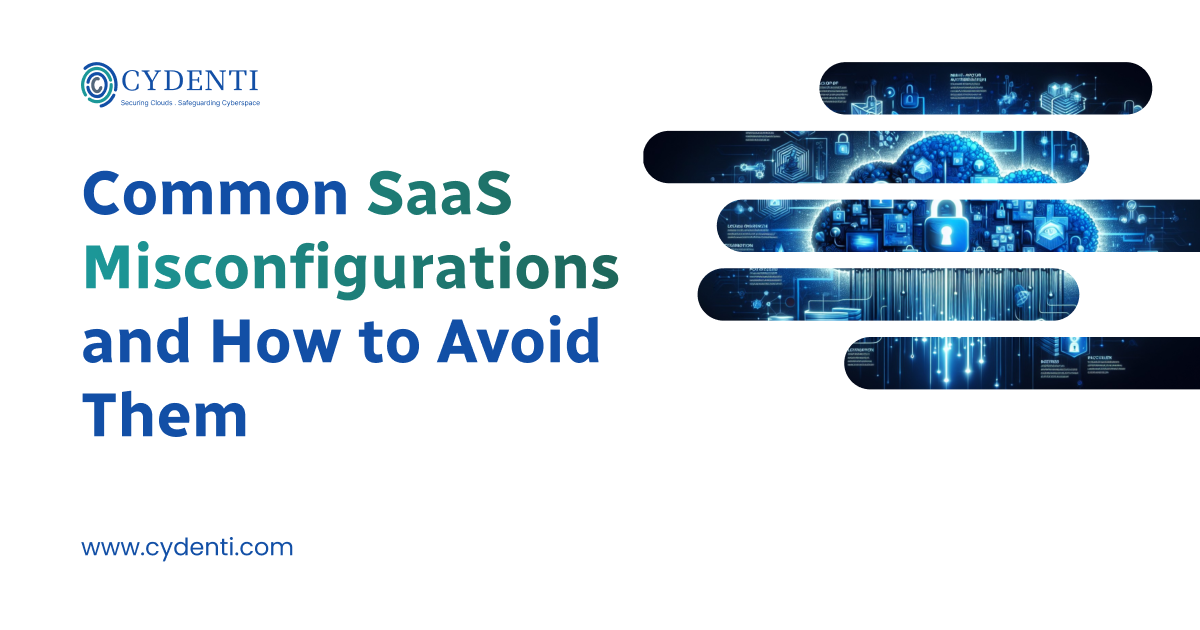As organizations increasingly rely on Software as a Service (SaaS) applications, ensuring proper configuration becomes critical to maintaining security and compliance. Misconfigurations can lead to significant vulnerabilities, potentially exposing sensitive data and compromising business operations. Here are some common SaaS misconfigurations and strategies to avoid them:
1. Inadequate Access Controls 🚫🔐
Issue: Granting excessive privileges to users can lead to unauthorized access and data breaches.
Solution:
- Implement the principle of least privilege (PoLP) by ensuring users have the minimum level of access necessary to perform their job functions.
- Regularly review and adjust permissions based on user roles and responsibilities.
- Use role-based access control (RBAC) to manage permissions efficiently.
2. Weak Password Policies 🔑❌
Issue: Weak or reused passwords make accounts vulnerable to brute-force attacks and credential stuffing.
Solution:
- Enforce strong password policies requiring a mix of upper and lower case letters, numbers, and special characters.
- Implement multi-factor authentication (MFA) to add an extra layer of security.
- Encourage the use of password managers to generate and store complex passwords securely.
3. Unsecured Data Storage 💾🔓
Issue: Storing sensitive data in an unencrypted format can expose it to unauthorized access.
Solution:
- Ensure that all data at rest and in transit is encrypted using industry-standard encryption protocols.
- Regularly audit data storage settings and ensure compliance with data protection regulations.
4. Misconfigured API Integrations 🔌⚠️
Issue: Improperly configured APIs can expose sensitive data and functionalities to unauthorized users.
Solution:
- Limit API access to specific IP addresses and implement API keys or tokens for authentication.
- Use secure communication protocols such as HTTPS for API interactions.
- Regularly monitor and audit API usage to detect and respond to potential security issues.
5. Insufficient Logging and Monitoring 📊🔍
Issue: Lack of proper logging and monitoring can delay the detection of security incidents and complicate forensic investigations.
Solution:
- Enable detailed logging for all critical SaaS activities and ensure logs are securely stored and backed up.
- Implement real-time monitoring and alerting to identify suspicious activities and potential breaches.
- Regularly review and analyze logs to identify and address security vulnerabilities.
6. Improper User Deprovisioning 👥🚫
Issue: Failing to promptly revoke access for departing employees or inactive accounts can leave security gaps.
Solution:
- Establish a clear user deprovisioning process to ensure that access is revoked immediately when employees leave the organization or change roles.
- Periodically review active user accounts and remove or update access for inactive or unnecessary accounts.
- Use automated tools to manage user lifecycle and access rights efficiently.
7. Neglected Software Updates and Patches 🛠️🕒
Issue: Outdated software can contain vulnerabilities that are easily exploitable by attackers.
Solution:
- Regularly update and patch all SaaS applications to the latest versions.
- Enable automatic updates where possible and establish a patch management process for timely application of critical updates.
- Monitor for vendor announcements regarding security patches and updates.
Conclusion
Avoiding common SaaS misconfigurations requires a proactive approach to security and a thorough understanding of best practices. By implementing strong access controls, enforcing robust password policies, ensuring secure data storage, configuring APIs correctly, maintaining comprehensive logging and monitoring, properly deprovisioning users, and keeping software updated, organizations can significantly reduce their risk of security incidents.
Cydenti is among the first French startups specializing in ITDR and SSPM. We offer comprehensive solutions to help you configure and secure your SaaS environments effectively. Contact us to learn how we can help you strengthen your cybersecurity posture.
